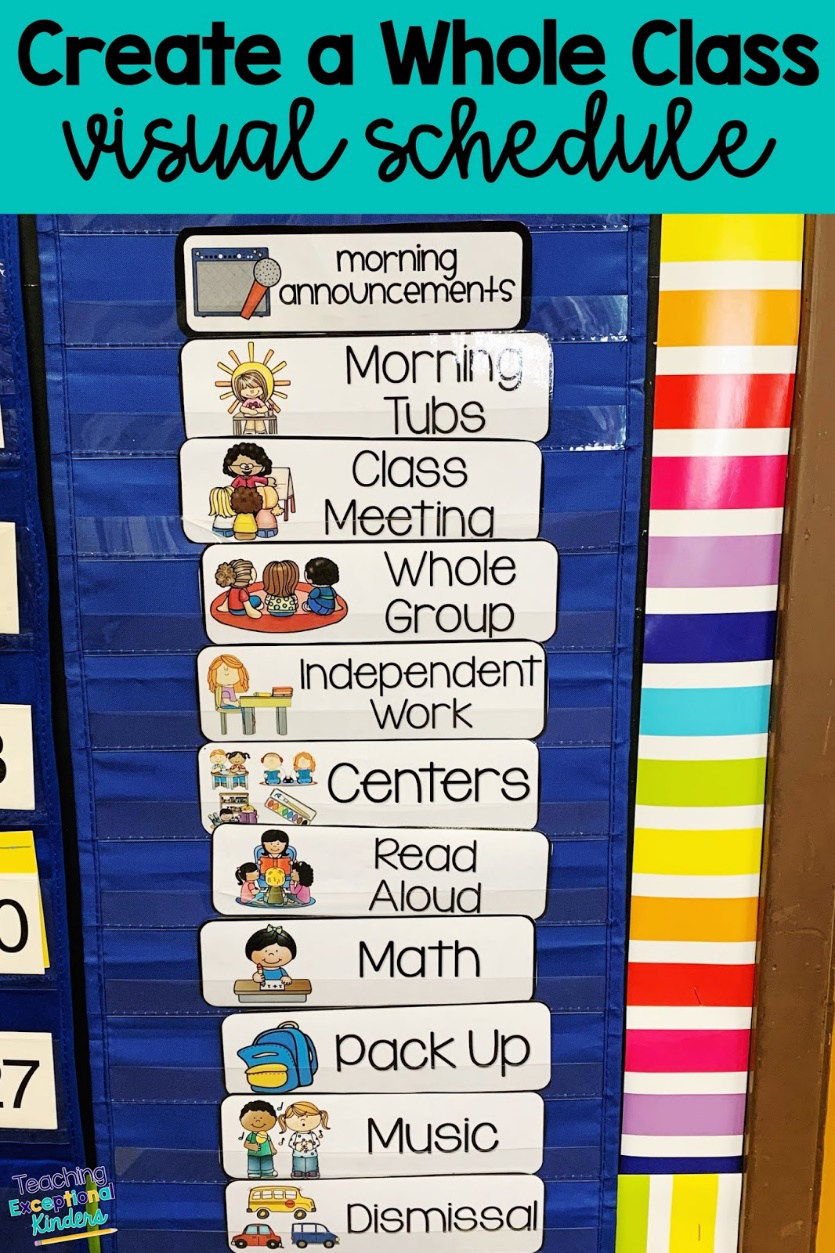Due date aedt monday february week grades
103453788, MELISSA NGO, EDU30005, Understanding and Supporting Inclusion, Assignment 2: Case
Study, Due date: 5pm AEDT Monday 7th February 2022 (week 12)
2
103453788, MELISSA NGO, EDU30005, Understanding and Supporting Inclusion, Assignment 2: Case Study, Due date: 5pm AEDT Monday 7th February 2022 (week 12)
Key considerations: It is important for educators to create a rich communication and language environment for Tara. Educators may need to take more time communicating to Tara, maintain eye contact when talking and seek out information regarding how this affects their learning from Tara herself and her parents (Wearmouth, Gosling, beams & Davydaitis, 2017).
Joseph: is a five-year-old who is currently being assessed for ADHD.
Key considerations: Cerebral Palsy is a neurological condition, educators can work alongside therapists, parents, and Lucy in creating an individualised education program to assist Lucy in reaching her maximum potential.
Fiate: seven years old in his foundation year of schooling, an only child of his mother who has lately been diagnosed with cancer.
According to the United Nations Educational, Scientific, and Cultural Organization, inclusive education is a method of responding to the diversity and range of requirements of each individual student by decreasing discrimination within learning and ensuring equitable opportunity for all (UNESCO, 2019). Inclusion understands that all learners possess different requirements and that teachers who have received training to create an inclusive classroom can better meet the individual needs of students (Tomlinson, 1996). Teacher training is a high priority within inclusive education because it improves teacher focus on increasing the skills within the classroom in areas such as pedagogy, curriculum design, and adaptability. In order to foster long-term successful practise of inclusive learning, training should be purposeful, classroom-based, comprehensive, and ongoing (Peters, 2003). Inclusive education
encompasses a shift in services aside from just striving to fit the child into "regular
circumstances," and instead offers extra help for impairments and special needs, as well as encouraging the child's general growth in an ideal environment (Evans, 1998). Taking into account overall structure, curriculum and teaching methods, learning support, and staff development (Ainscow, 1997).
4
| |
|
|---|
students, taking into consideration the learners’ needs, which may include developing an Individual Education Plan (IEP) to help and support the child (appendix 1).
Provide different ways to access information and promote learning (eg. adaptive or assistive technology, sign language, ability switches, multimedia, switch adapted toys, braille, resource aids or illustrated text).
| |
|
|---|
Modifying tasks and expeditions – for example, if your child is unable to participate |
|---|
Create a caring, respectful environment by promoting diversity and fairness and enabling each child to feel a sense of belonging (AITSL, n.d).
Set high standards for all your students. According to research, pupils perform better when they believe their teacher have confidence in their strengths rather than focusing on their limitations.
6
103453788, MELISSA NGO, EDU30005, Understanding and Supporting Inclusion, Assignment 2: Case Study, Due date: 5pm AEDT Monday 7th February 2022 (week 12)
When teaching, ensure you are talking naturally while projecting your voice. Making sure the child can clearly see your face and your back is not turned when addressing the classroom. For Tara’s comprehension of the learning, make new topics clear, summarise key points, write words, tasks/assignments and key information on the board for Tara to view visually, use supplementary auditory information to allow a secondary invitation to hear the information you're conveying (pictures, signs, gestures).
Provide Tara with ways to communicate her understanding. This may include forming a fun, secretive way for Tara to let you know she doesn’t understand something (e.g. putting a specific item on the top of her desk, or hand signals).
7
103453788, MELISSA NGO, EDU30005, Understanding and Supporting Inclusion, Assignment 2: Case Study, Due date: 5pm AEDT Monday 7th February 2022 (week 12)
Lucy
Recognise that cerebral palsy occurs on a continuum, and no two students will be alike. Establish an individualised plan with Lucy, her carers and a specialist to help Lucy reach her full potential.
| | To help with comprehending, understanding and completing of assignments/ tasks, |
|---|
| |
|
|---|
time and this may affect him greatly, let him know that it is okay to express his feelings about his mum’s cancer and that you are there to help. Further have an open communication with Fiate’s mother to discuss his wellbeing.
| | Introduce a social support network or areas in which Fiate can collaborate and feel |
|---|
Mishka
Important for educator, parents/carers to discuss Mishka’s sensory processing disorder and take measures to reduce overstimulation and redirect the child to more
appropriate reactions. Learning effective strategies that can help make Mishka’s school experience easier.
103453788, MELISSA NGO, EDU30005, Understanding and Supporting Inclusion, Assignment 2: Case Study, Due date: 5pm AEDT Monday 7th February 2022 (week 12)
4. Reference List
Cancer Council NSW. (2020).Getting support. Retrieved from
Department of Education and Training (DET) 2015, Planning for personalised learning and support: A national resource,
Murray, A. (2019). How to Use Visual Schedules to Help All Students to Be Successful in the Elementary Classroom [Image]. Retrieved from
10
Peters, S. J. (2003). Inclusive education: Achieving education for all by including those with disabilities and special education needs. Washington, The World Bank.
Queensland Government. (2021). Inclusive education. Retrieved from
Unlu, V. (2017). How to create an inclusive classroom environment. Retrieved 16 November 2021, from
Victoria State Government. (2019). Attention deficit hyperactivity disorder (ADHD). Retrieved from
Vosniadou, S. (undated). How children learn [Ebook] (7th ed., p. 22). France: INTERNATIONAL ACADEMY OF EDUCATION. Retrieved from
Wearmouth, J., Gosling, A., Beams, J., and Davydaitis, S. (2017) Chapter 4 Understanding, assessing and addressing difficulties in cognition and learning. In Understanding Special Educational Needs and Disability in the Early Years: Principles and Perspectives. Milton: Taylor and Francis Group.
5. Appendix
Appendix 1 (Victorian State Government, 2021)

14
15





